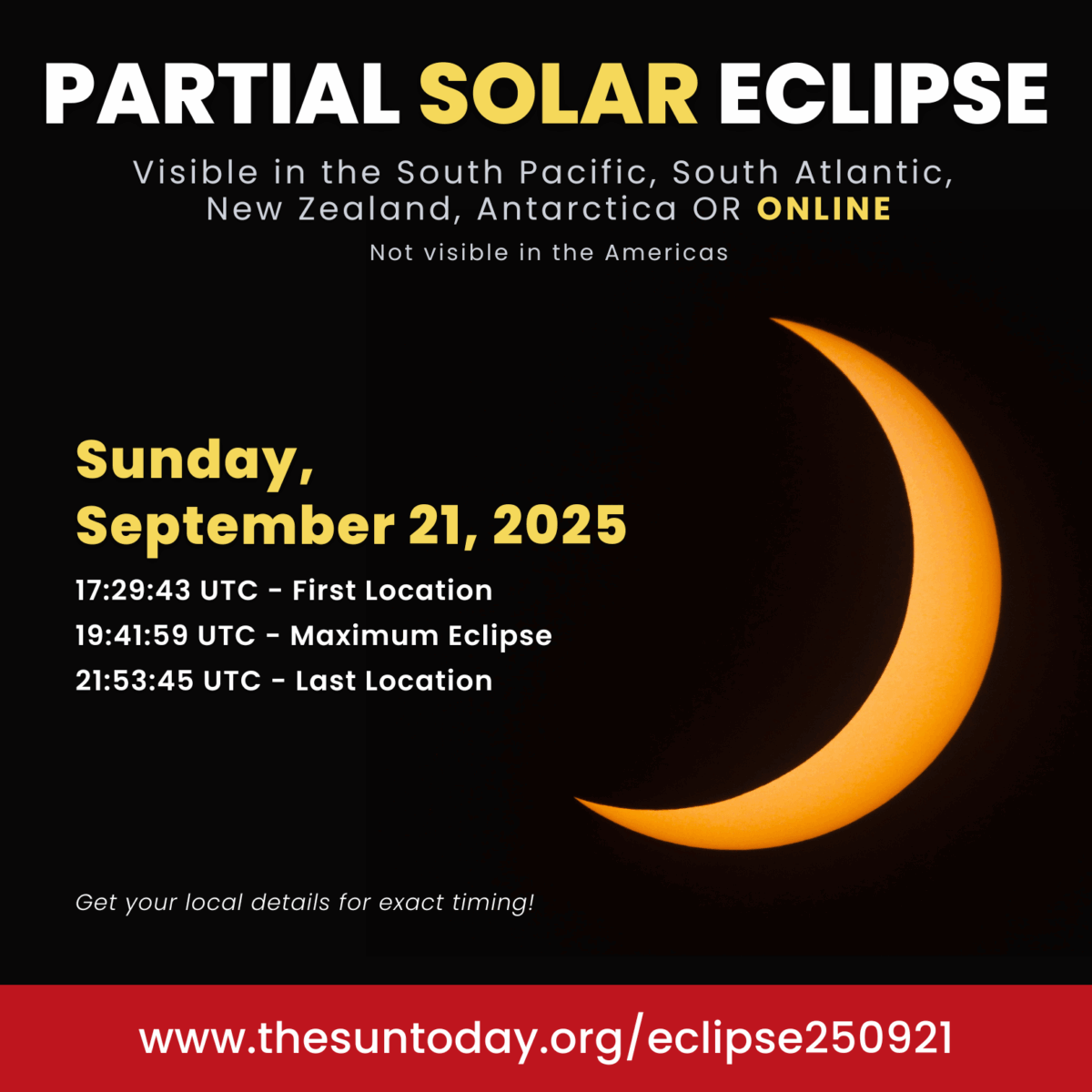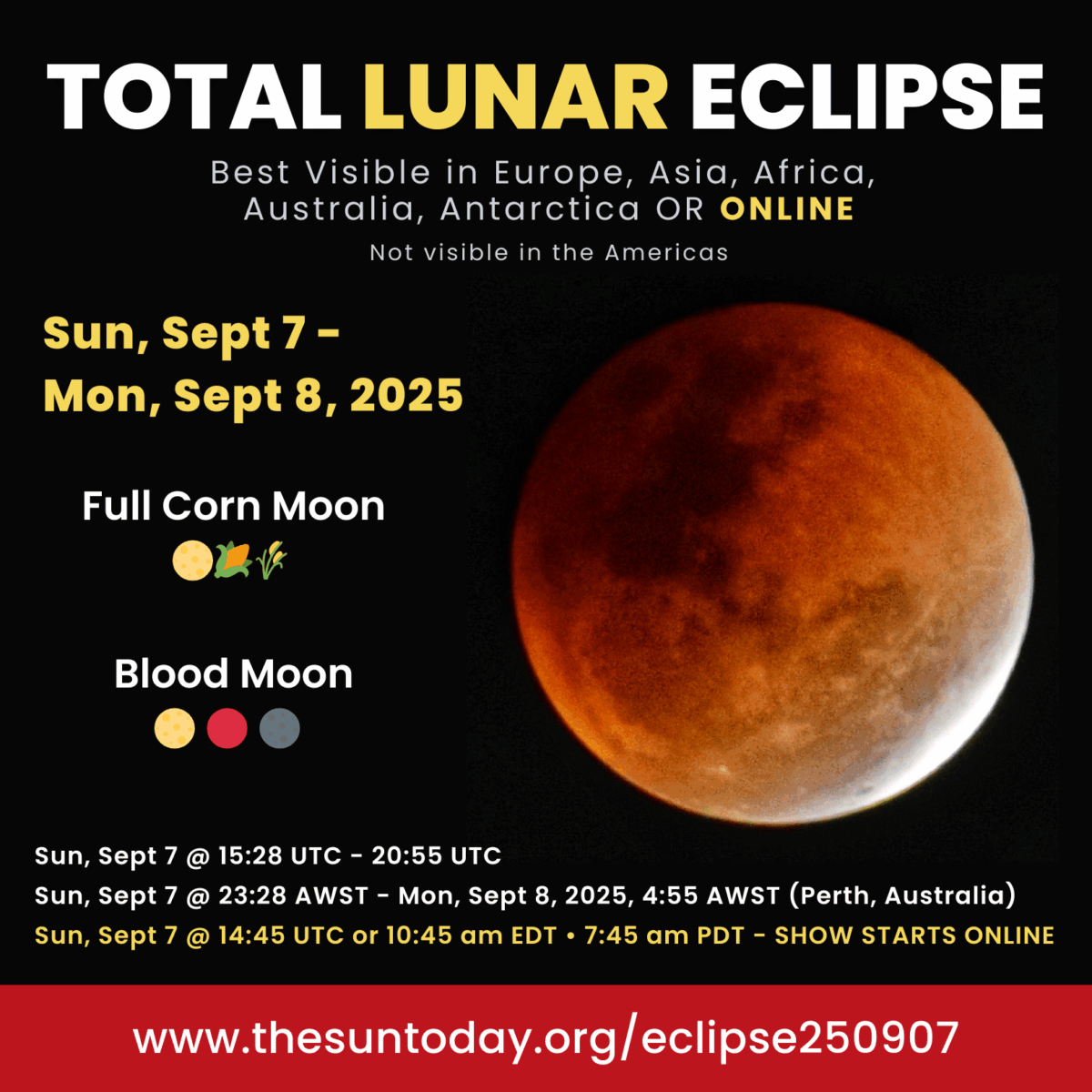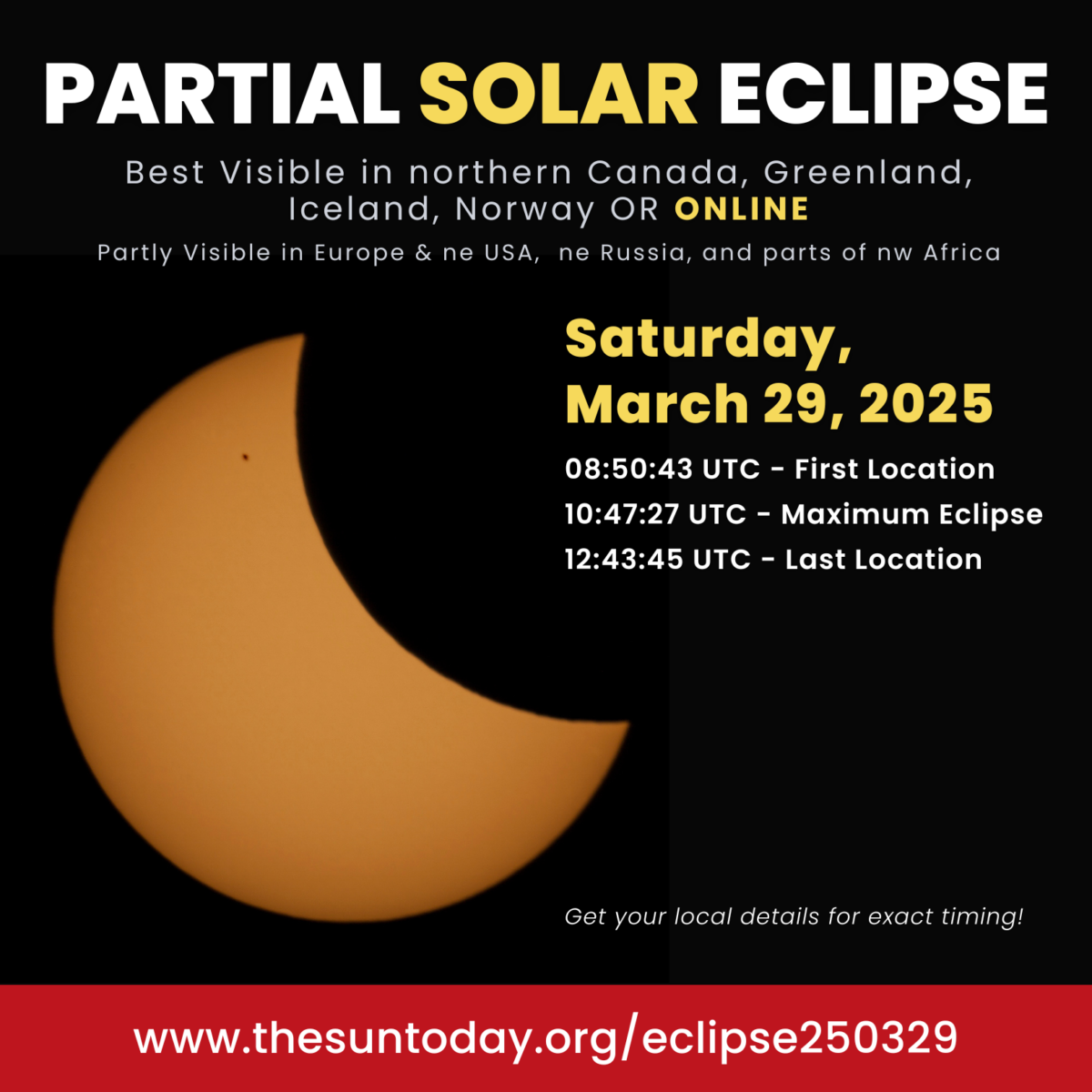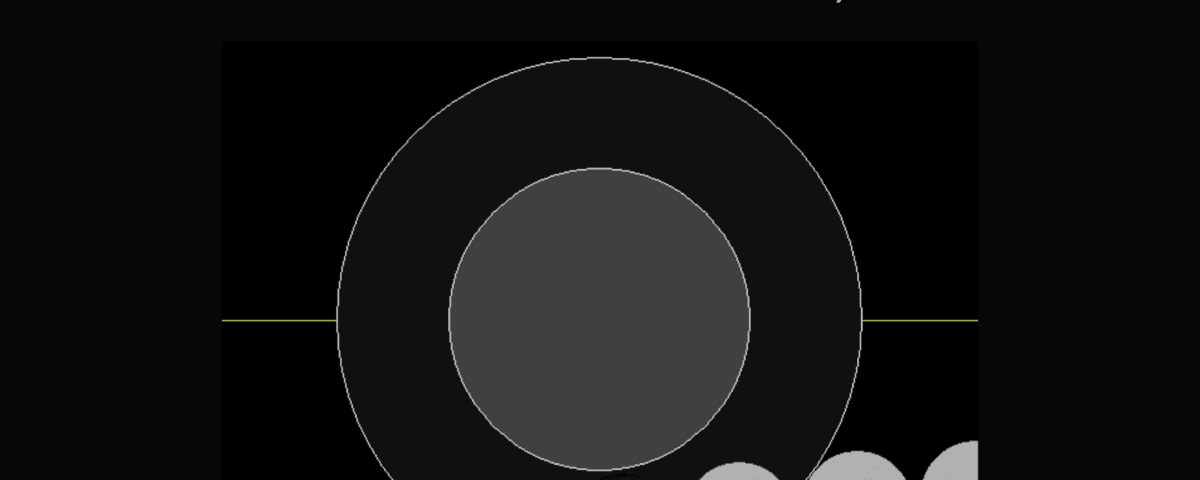
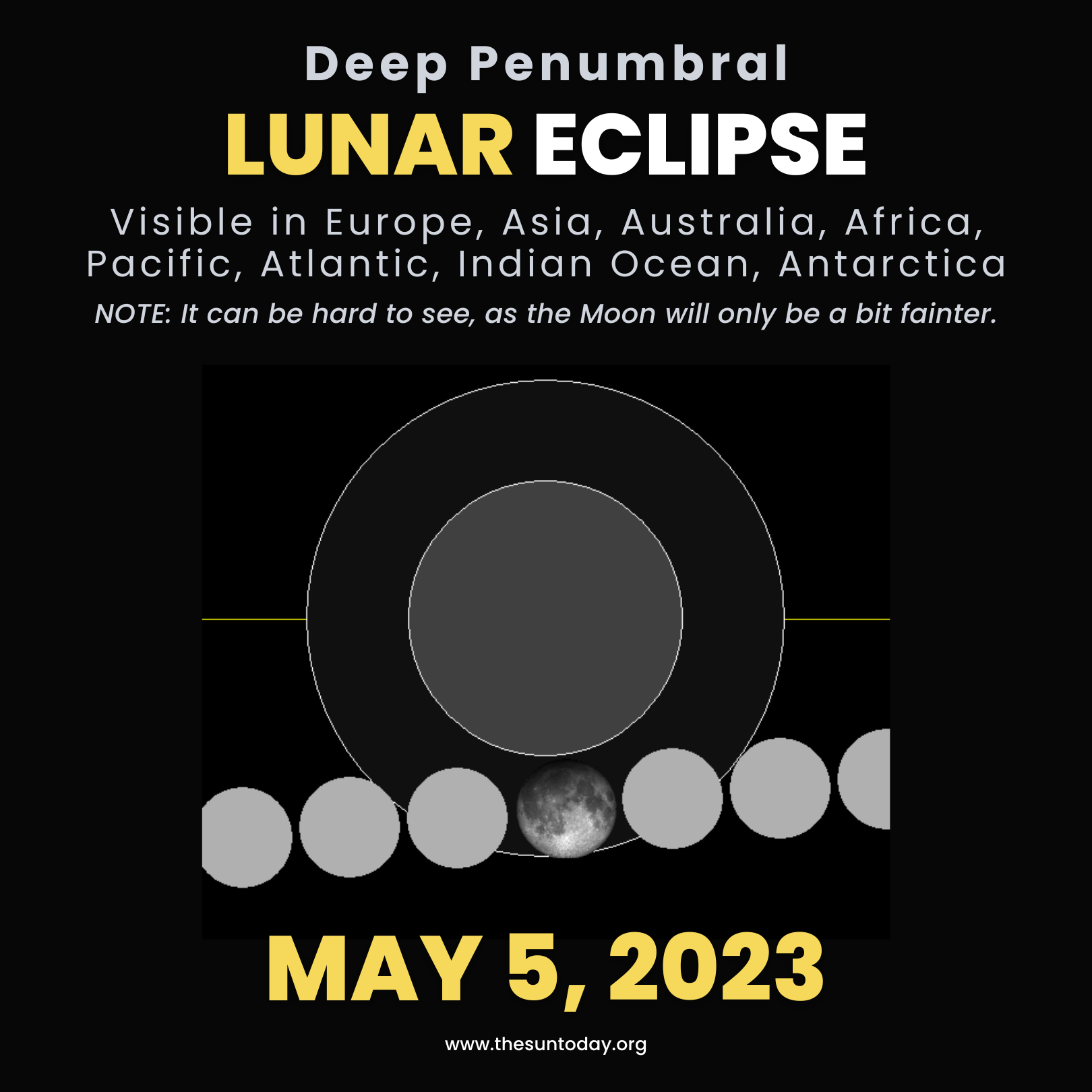
The full moon brings a special event today during the night (15:14–19:31 UTC/GMT or 11:14 a.m.–3:31 p.m. ET) for those in part Europe, Asia, Australia, Africa, the Pacific, the Atlantic, the Indian Ocean, and Antarctica.
![]()
![]()
![]() Earth casts a shadow on the Moon – A lunar eclipse.
Earth casts a shadow on the Moon – A lunar eclipse.
This is a penumbral lunar eclipse. For this one, only the outer shadow (the penumbra) hits the Moon. This means it will be a very faint change and most won’t see much. But maybe some will feel it? ![]()
![]()
![]()
- Find out much more at Earthsky
- And at timeanddate.com
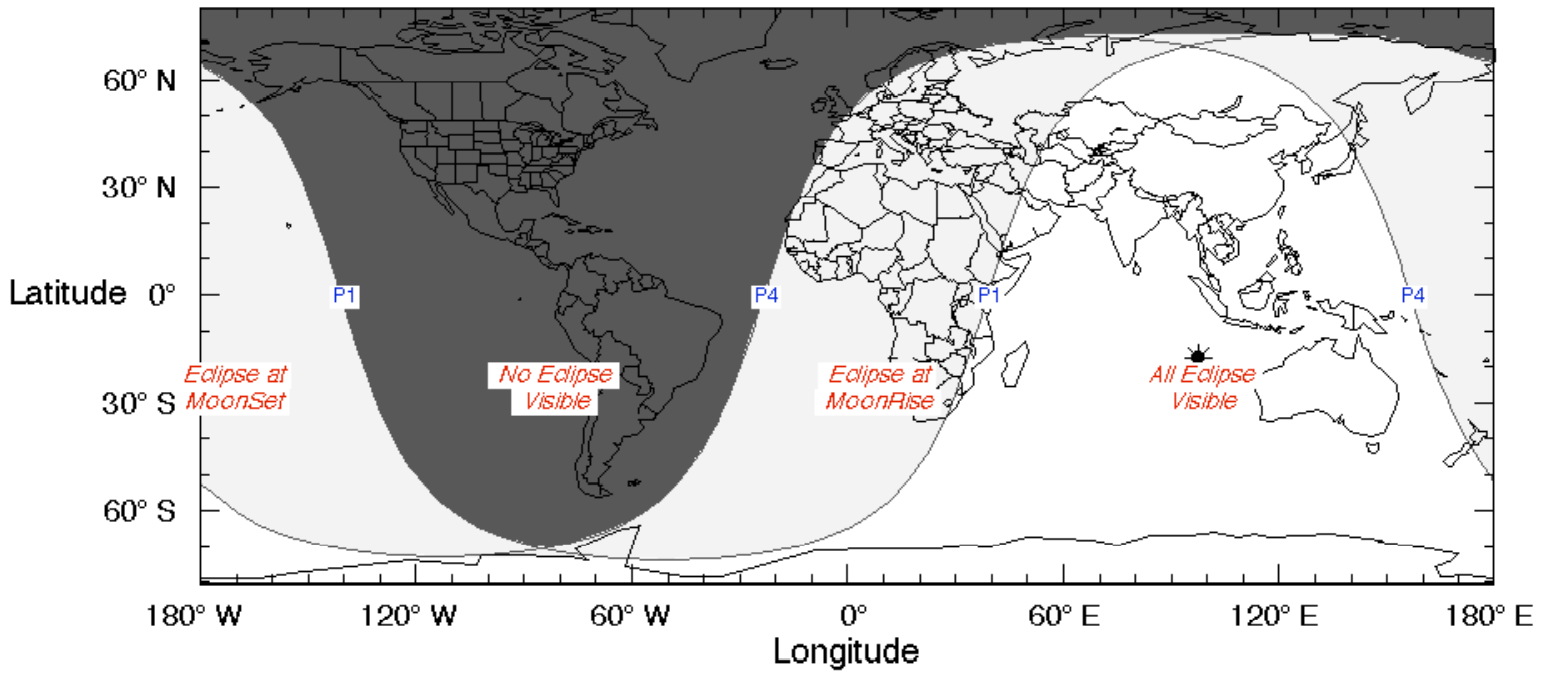
May 5, 2023 Lunar Eclipse Visibility – CREDIT: NASA
During a lunar eclipse, Earth gets in the way of the sun’s light hitting the moon. That means that during the night, a full moon fades away as Earth’s shadow covers it up.

Credit: Rice Space Institute
A Penumbral Lunar Eclipse occurs when the Moon passes through Earth’s penumbra. The penumbra causes a subtle dimming of the lunar surface, which is only visible to the naked eye when about 70% of the Moon’s diameter has been immersed into Earth’s penumbra.
A special type of penumbral eclipse is a total penumbral lunar eclipse, during which the Moon lies exclusively within Earth’s penumbra. Total penumbral eclipses are rare, and when these occur, the portion of the Moon closest to the umbra may appear slightly darker than the rest of the lunar disk.
The May 5, 2023 eclipse is a “deep penumbral lunar eclipse” because it gets close to this point, but not fully.
Find Out More About Lunar Eclipses
Eclipse Highlights
VIDEO CREDIT: The Virtual Telescope Project
Lunar Eclipse Right Now From Ksk, Punjab#LunarEclipse2023 pic.twitter.com/dH5MSxMrVK
— Malik Naveed Photography🌙 (@photobynaveed) May 5, 2023
Near miss! During the #penumbral lunar #eclipse on May 5, the Moon will pass within about 160 km (100 miles) of the darkest part of Earth’s #shadow.
According to our numbers, it’s the 4th closest near miss in the period 2001 to 2050.https://t.co/Y8iL6vau4Y pic.twitter.com/jhsuCI5z17
— timeanddate.com (@timeanddate) May 3, 2023
Penumbral Lunar Eclipse from West Indonesia (12.22AM).
The sky cleared up just few minutes before it reached the maximum.#Moon #MoonHour #LunarEclipse pic.twitter.com/LKmthIyT9X— Marwella Zhang 🚀🎨 📸 🏎 (@MarvabluesF1) May 5, 2023
Eclipse Season
This is the second eclipse of the April/May eclipse season for 2023. Every year we get a collection of 4 to 7 eclipses somewhere on Earth, either lunar, solar, partial, or total. The first eclipse was the April 20, 2023, hybrid solar eclipse.
These eclipses come in seasons, a 35-day period with typically two eclipses, sometimes three. There are usually two seasons per year. This is the first of two seasons for 2023.
Enjoy, and there will be more to come!
For the second eclipse season, we have an annular solar eclipse on October 14, 2023, and a partial lunar eclipse on October 28-29, 2023.


